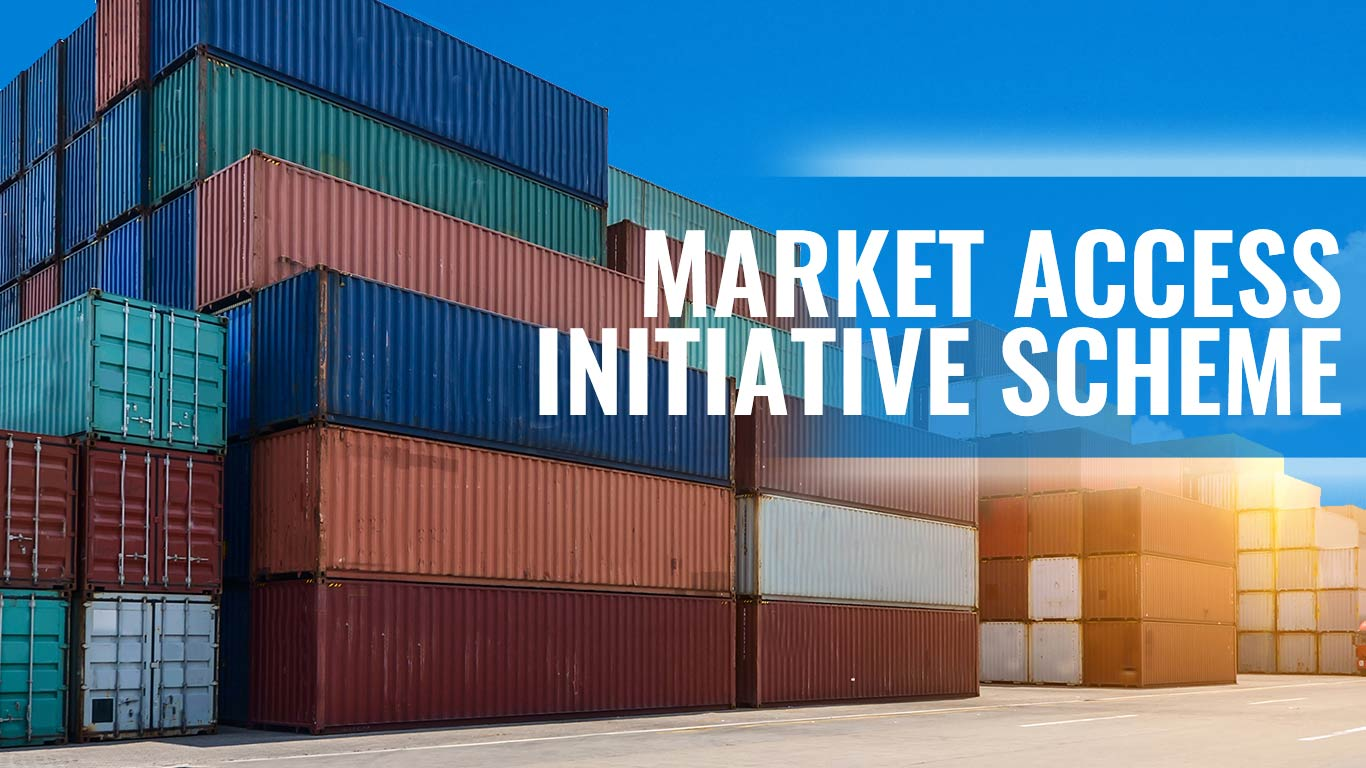Free Courses Sale ends Soon, Get It Now


Free Courses Sale ends Soon, Get It Now



Copyright infringement not intended
Picture Courtesy: knnindia.co.in
Context: Exporters have urged the government to allocate funds worth $3.88 billion for the Market Access Initiative (MAI) Scheme scheme to promote Indian exports. They argue that the current allocation of less than Rs 2 billion is insufficient for promoting exports aiming to reach $2 trillion by 2030.
Details
Market Access Initiative (MAI) Scheme
Objectives
Activities Supported
Eligibility
Funding
Benefits
Challenges and Future Outlook
Exporter Demands and Current Issues
Conclusion
|
PRACTICE QUESTION Q. India faces internal pressures in areas like food security, resource allocation, and environmental protection. How can these concerns be balanced with the goals of boosting exports and achieving economic growth through international trade? How can policies be designed to address potential conflicts and ensure sustainable export practices? |
© 2024 iasgyan. All right reserved